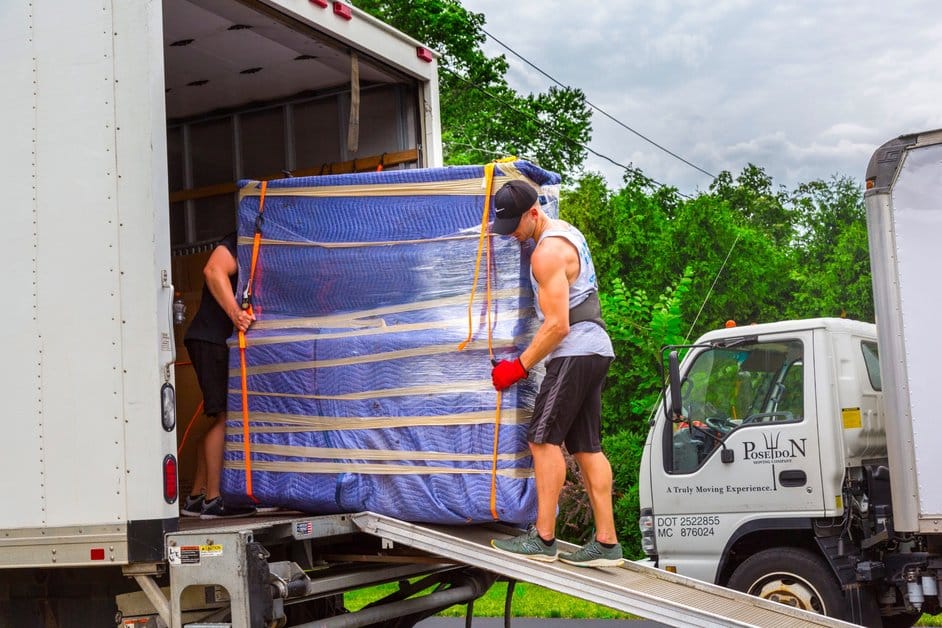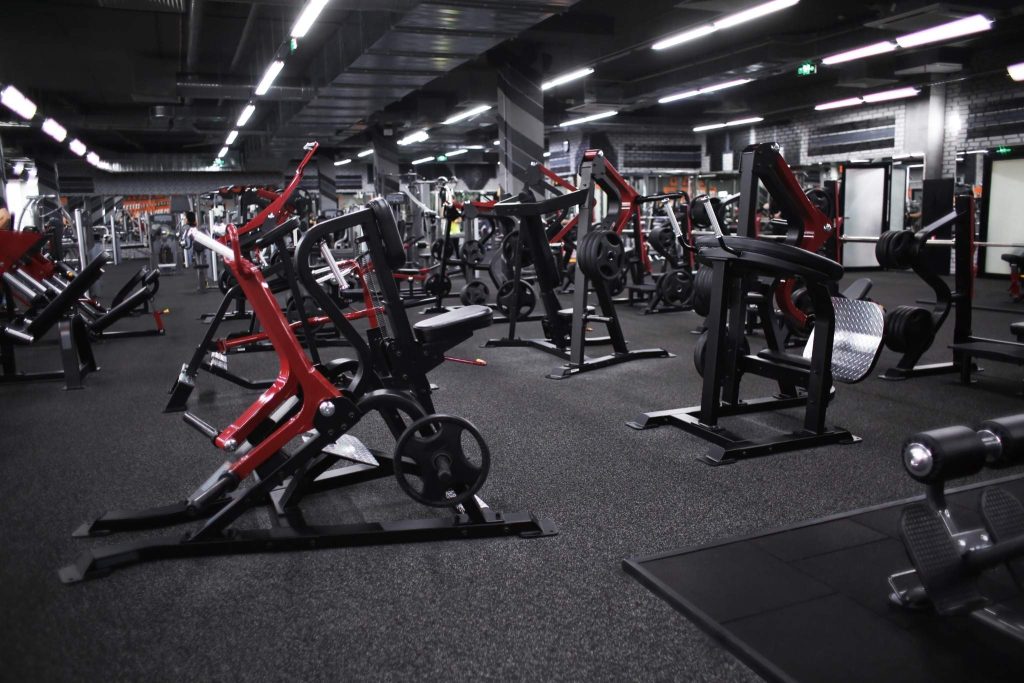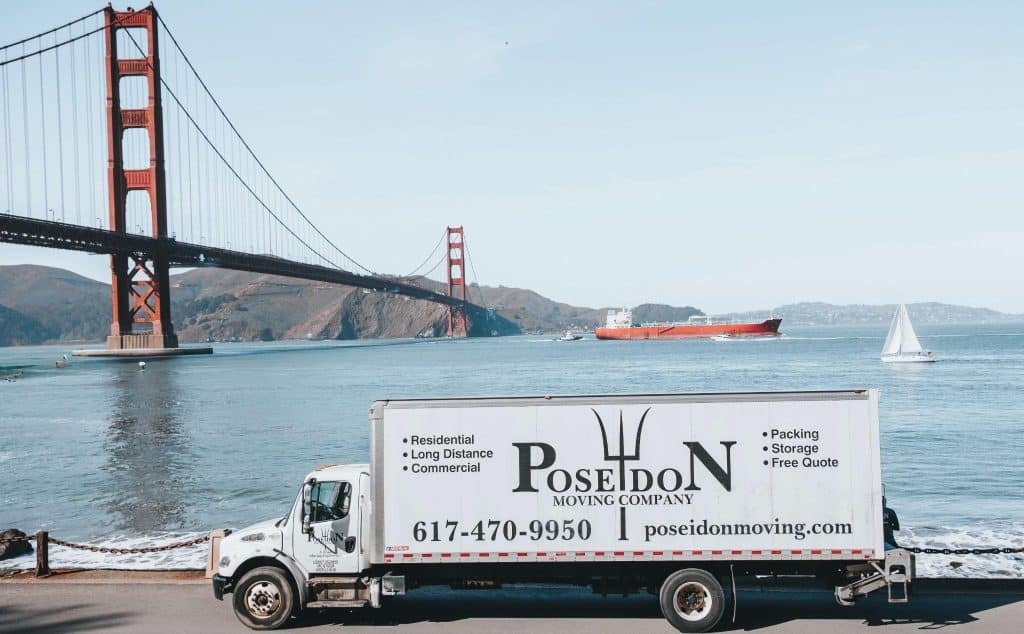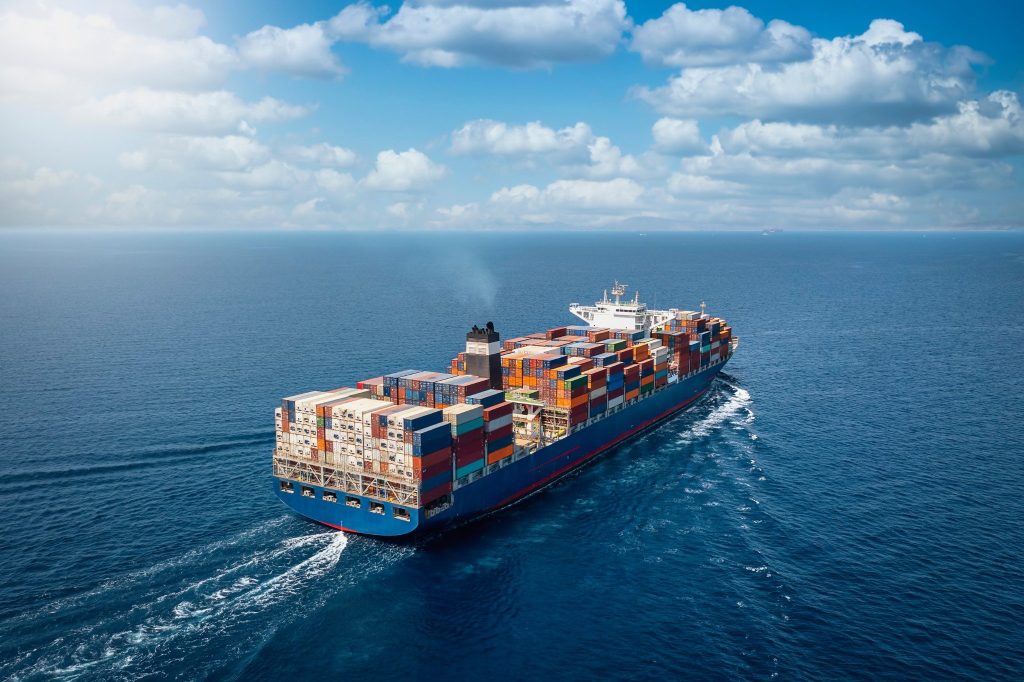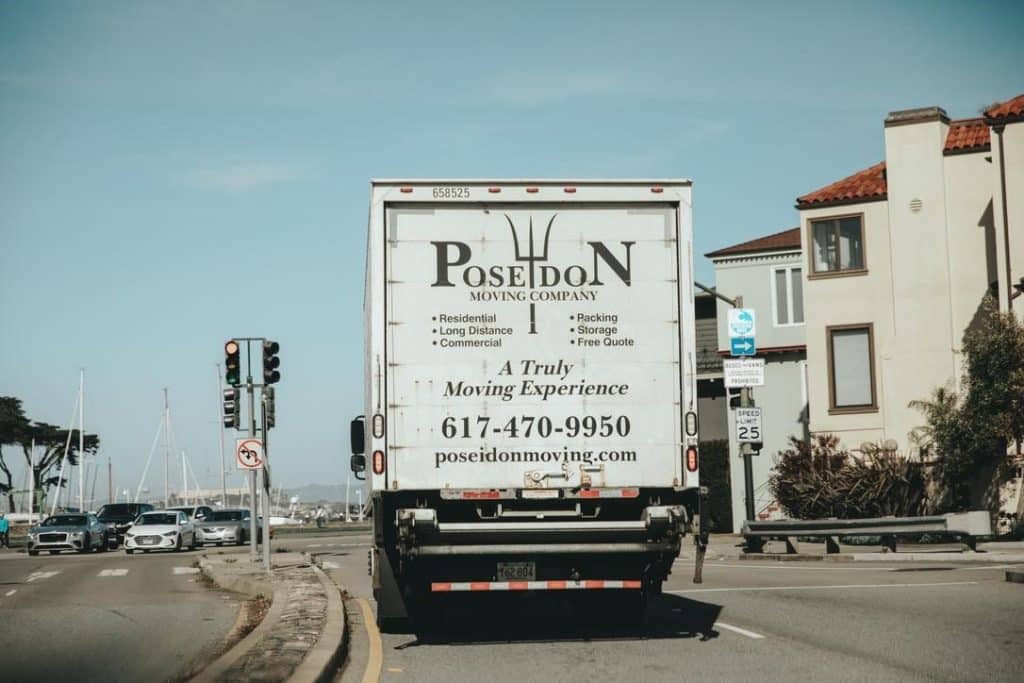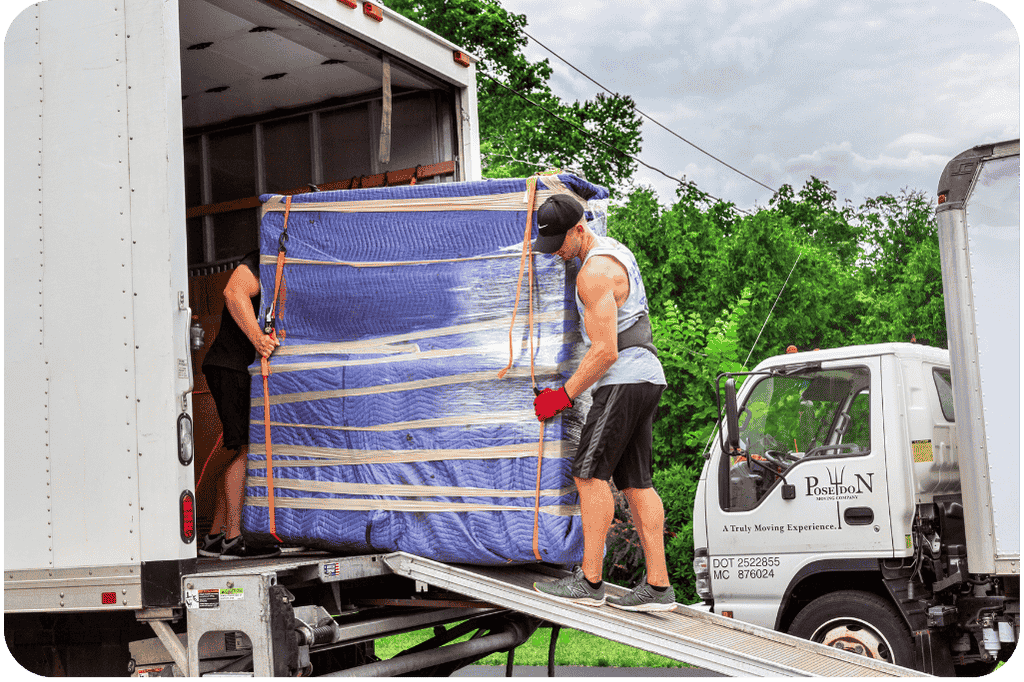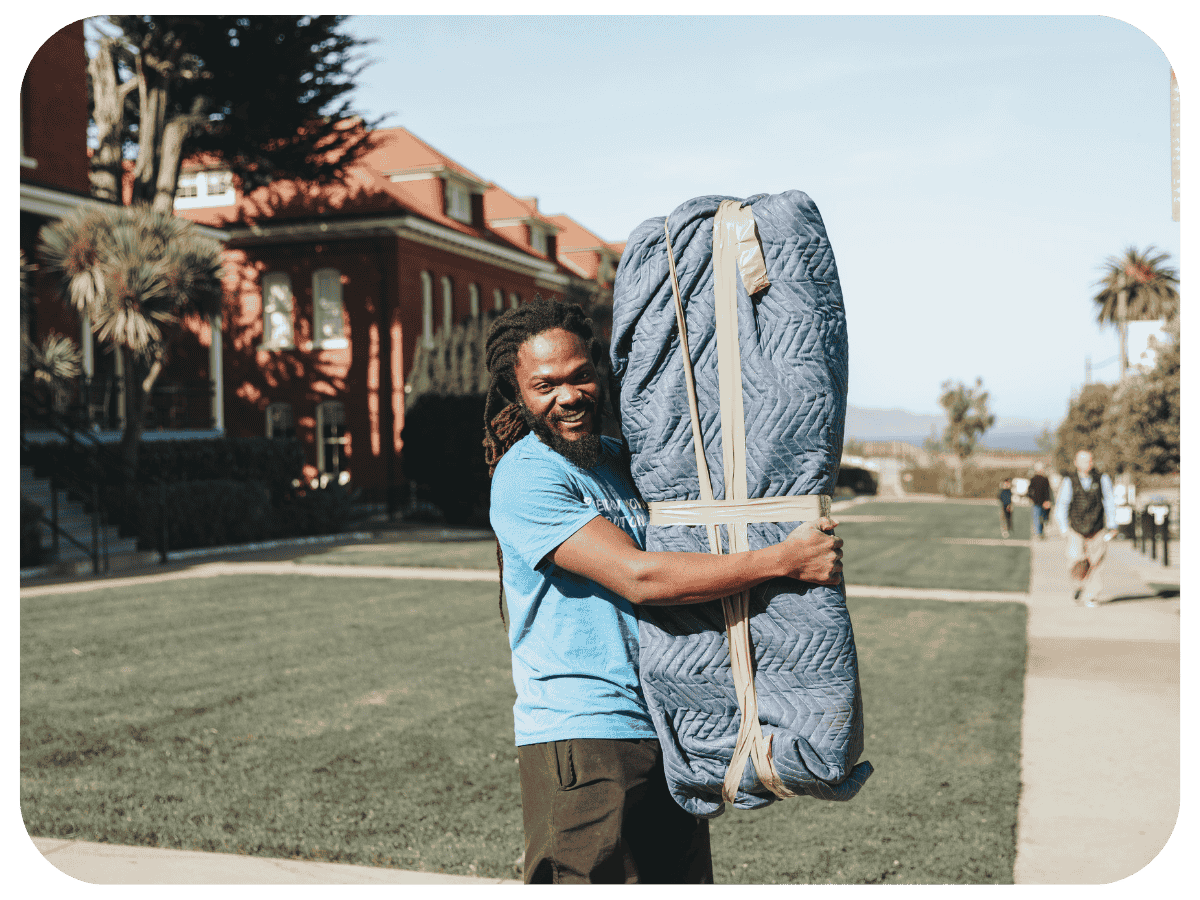10 Essential Tips for a Stress-Free Moving Day
Moving day can be both exhilarating and overwhelming. Starting fresh in a new space brings excitement, but the process of moving can be daunting. However, with the right approach and some strategic planning, you can enjoy a stress-free moving day. Here are 10 essential tips to help make your move as smooth as possible.
Planning Your Move
Moving requires careful planning and organization. Start by creating a timeline and checklist to help you stay on track. Determine your moving date and work backward, setting goals for each week leading up to the big day. This will give you a clear roadmap of what needs to be done and when.
Make a checklist of all the tasks that need to be completed before, during, and after the move. This will help you stay organized and ensure that nothing is overlooked. It’s also a great way to delegate tasks if you have family or friends helping you with the move.
Research moving companies if you’re considering hiring professionals. Get quotes, read reviews, and compare services to find the best fit for your needs. If you decide to go the DIY route, make sure you have a plan in place for renting a truck or van and enlisting help from friends or family.
Remember, the key to a stress-free move is to be well-prepared. By creating a timeline and checklist, you’ll have a clear roadmap to follow and can tackle each task one step at a time.
Professional Movers vs. DIY
When it comes to moving, one of the biggest decisions you’ll have to make is whether to hire professional movers or go the DIY route. Both options have their pros and cons, and it’s important to weigh them carefully before making a decision.
Hiring professional movers can take a lot of the stress out of the moving process. They have the experience and expertise to handle your belongings with care and ensure a smooth transition. They also provide packing materials and can even help with the packing and unpacking process. However, hiring movers can be costly, and you’ll need to coordinate schedules with them.
On the other hand, DIY moving can save you money, especially if you have friends or family who are willing to help. It allows for more flexibility in terms of scheduling and gives you full control over the moving process. However, it requires more physical labor and can be time-consuming.
Consider your budget, time constraints, and the complexity of your move when deciding between professional movers and DIY moving. Ultimately, choose the option that aligns with your needs and preferences.
Decluttering
Moving presents the perfect opportunity to declutter and get rid of unnecessary items. Before you start packing, go through each room and sort your belongings into three categories: keep, donate/sell, and throw away.
Ask yourself if you’ve used an item in the past year and if it holds sentimental value. If the answer is no, it’s time to let go. Consider selling items that are in good condition but no longer serve a purpose for you. You can use online platforms or have a garage sale to make some extra cash.
Donating items to charity is another great option. Not only will you be decluttering your space, but you’ll also be helping others in need. Make sure to research local charities and their donation policies before dropping off your items.
By decluttering before you move, you’ll reduce the number of items to pack and unpack, making the entire process more streamlined. Plus, you’ll start fresh in your new space with only the belongings that truly matter to you.
Packing
Efficient packing is key to a stress-free moving day. Start by gathering all the necessary packing materials, such as boxes, bubble wrap, packing paper, tape, and markers. Make sure to have a variety of box sizes to accommodate different items.
When packing, start with the items you use the least and work your way up to the essentials. Use smaller boxes for heavy items to prevent them from becoming too heavy to lift. Wrap fragile items in packing paper or bubble wrap and label them as “fragile” to ensure they receive extra care during the move.
Maximize space by filling empty gaps in boxes with packing paper or clothing. This will prevent items from shifting during transit. Use towels or linens to protect delicate furniture or fill gaps between items in larger boxes.
Label each box with its contents and the room it belongs to. This will make unpacking much easier and help you find specific items when you’re settling into your new home. Consider color-coding boxes for each room to further simplify the process.
By packing efficiently and using proper packing materials and techniques, you’ll protect your belongings and make the unpacking process a breeze.
Labeling and Inventory
In addition to labeling each box with its contents and room, it’s also helpful to create an inventory of your belongings. This can be as simple as a spreadsheet or a detailed list with descriptions and values.
Take photos of valuable items and their condition before packing them. This will serve as a reference in case of any damage during the move. Keep important documents, such as passports, birth certificates, and financial records, with you instead of packing them.
Having a detailed inventory will not only help you keep track of your belongings but also make the process of filing insurance claims easier in case of any damage or loss
Survival Kit
On moving day, it’s important to have a survival kit packed and easily accessible. This kit should include essential items that you’ll need throughout the day and the first night in your new home.
Include things like toiletries, a change of clothes, medication, phone chargers, snacks, and water. Also, pack important documents, such as lease agreements, utility bills, and contact information for the moving company or any helpers.
Having a survival kit will ensure that you have everything you need within reach, even if the rest of your belongings are still packed up or in transit.
Safety First
During the moving process, it’s essential to take safety precautions to protect yourself and your belongings. Start by ensuring that heavy items are lifted properly, using your legs and not your back. If something is too heavy to lift, ask for help or use a dolly.
Protect your furniture and floors by using furniture blankets and floor runners. Cover fragile items with bubble wrap or packing paper to prevent any damage. Secure doors and drawers to prevent them from swinging open during transportation.
If you’re moving in or out of an apartment building, check with the management about any specific moving regulations or requirements. Reserve parking spaces if necessary and use protective covers for common areas or elevators.
Taking safety precautions will minimize the risk of accidents or damage during the move, giving you peace of mind.
Moving with Pets
Moving can be especially stressful for pets, so it’s important to take extra care when relocating with them. Start by keeping them in a separate room or using a pet carrier on moving day to prevent them from getting anxious or running away.
If you’re moving a long distance, research pet-friendly hotels or accommodations along the way. Make sure your pet has a comfortable space in the car or carrier and pack their essentials, such as food, water, toys, and bedding.
Once you arrive at your new home, set up a designated area for your pet with their bed, food, water, and familiar toys. Gradually introduce them to their new surroundings and stick to their regular routines as much as possible.
If your pet is prone to anxiety, consider using calming aids, such as pheromone sprays or natural remedies. Consult with your veterinarian for additional advice or medication if necessary.
Moving with pets requires extra patience and understanding. By taking their needs into consideration, you’ll ensure a smooth transition for both you and your furry friend.
Unpacking
After the chaos of moving day, it’s time to settle into your new home. Start by unpacking the essentials first, such as bedding, toiletries, and kitchen items. This will allow you to maintain some sense of normalcy amidst the unpacking process.
As you unpack, take the opportunity to reassess the layout and organization of your new space. Consider how you want each room to function and arrange furniture and belongings accordingly. Don’t rush this process; take your time to create a space that feels comfortable and functional.
If you’re feeling overwhelmed, focus on one area at a time. Break down the unpacking process into smaller tasks and tackle them systematically. Remember, it’s okay to take breaks and ask for help if needed.
Post-Move Tasks
Once you’ve settled into your new home, it’s important to take care of some post-move follow-up tasks. Start by updating your address with the appropriate parties, such as the post office, banks, credit card companies, and any subscription services you use.
Notify important parties, such as your employer, friends, and family, about your new address. This will ensure that you continue to receive important mail and stay connected with loved ones.
If you moved to a new city, take some time to explore your neighborhood and familiarize yourself with nearby amenities, such as grocery stores, restaurants, and medical facilities. Join local community groups or organizations to meet new people and make connections.
By taking care of these post-move tasks, you’ll be able to fully settle into your new home and start fresh in your new community.
So, if you’re dreading the chaos of moving day, don’t worry! With these 10 essential tips in your back pocket, you’ll be able to navigate the process with ease and enjoy a stress-free moving day. Remember to plan your move, consider the pros and cons of hiring professional movers vs. DIY moving, declutter and organize, pack efficiently, label and inventory your belongings, pack a survival kit, take safety precautions, move with pets in mind, settle into your new home, and follow up with post-move tasks. By following these tips, you’ll be well-prepared for a smooth and worry-free moving day. Happy moving!
